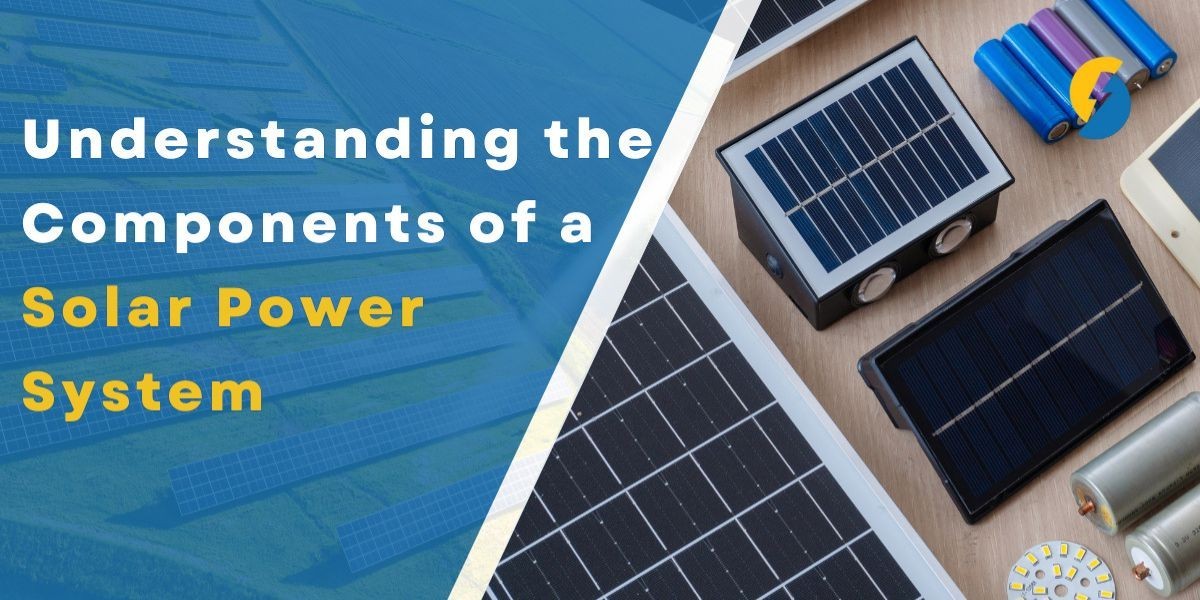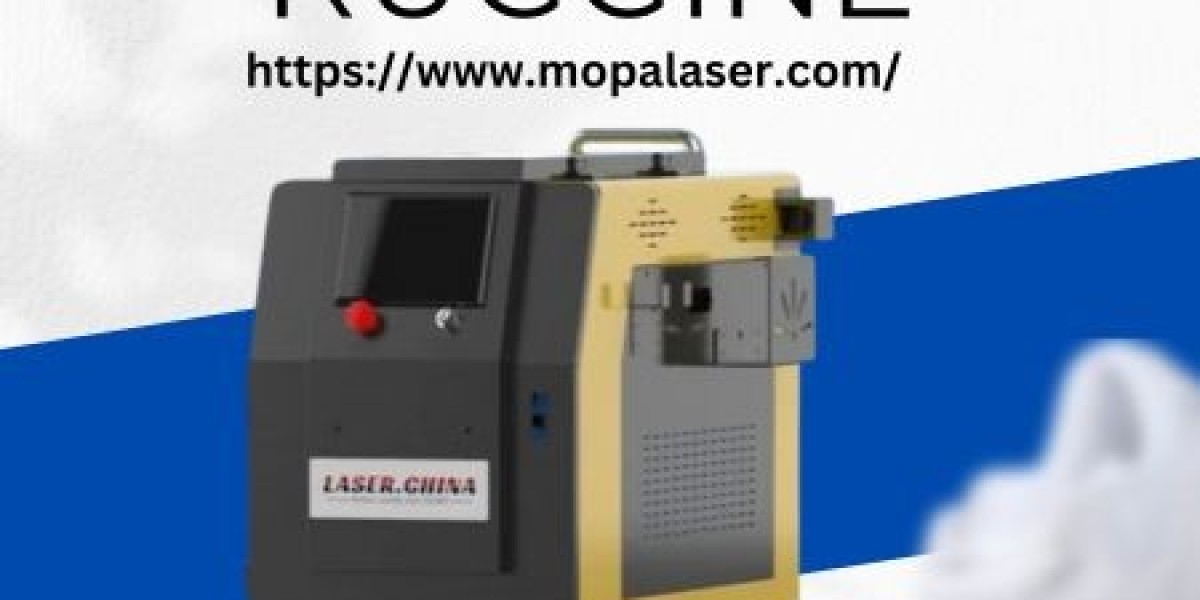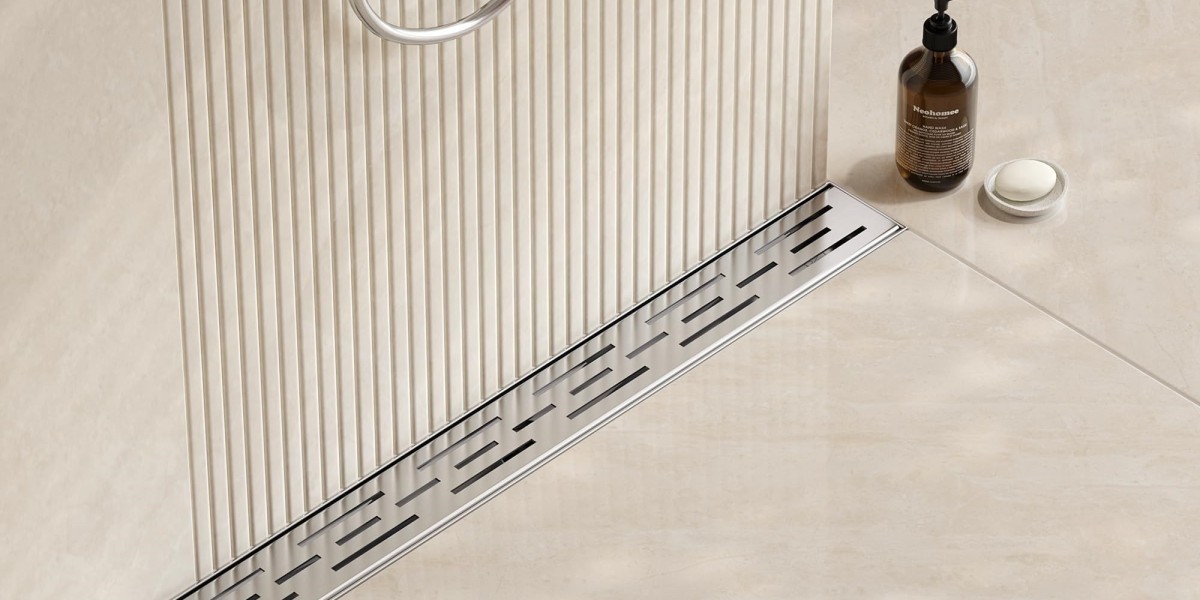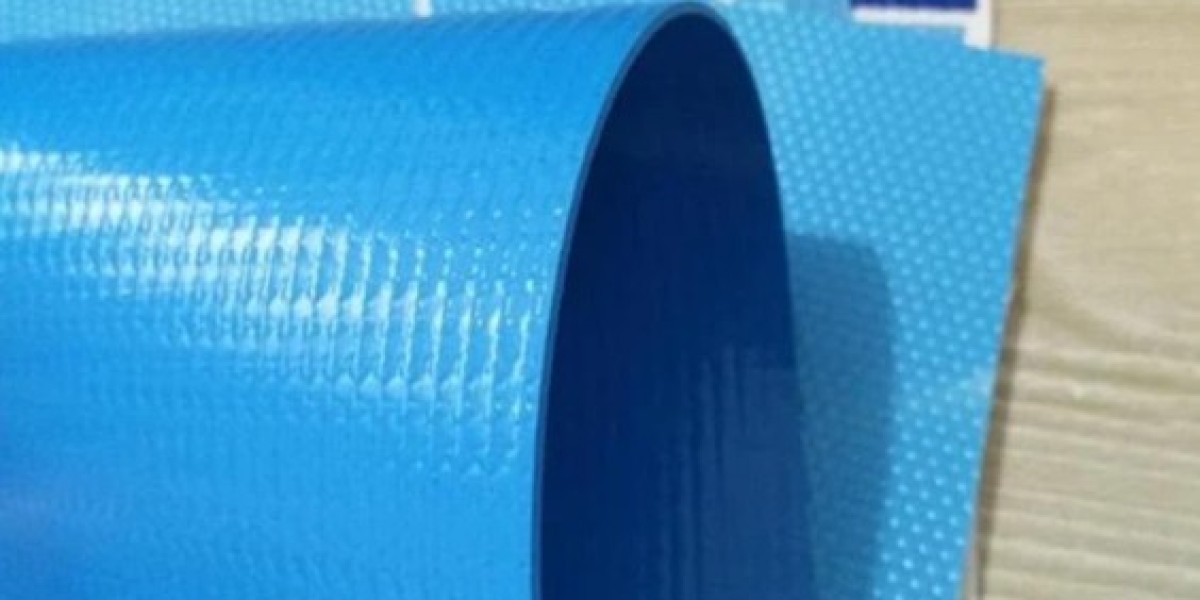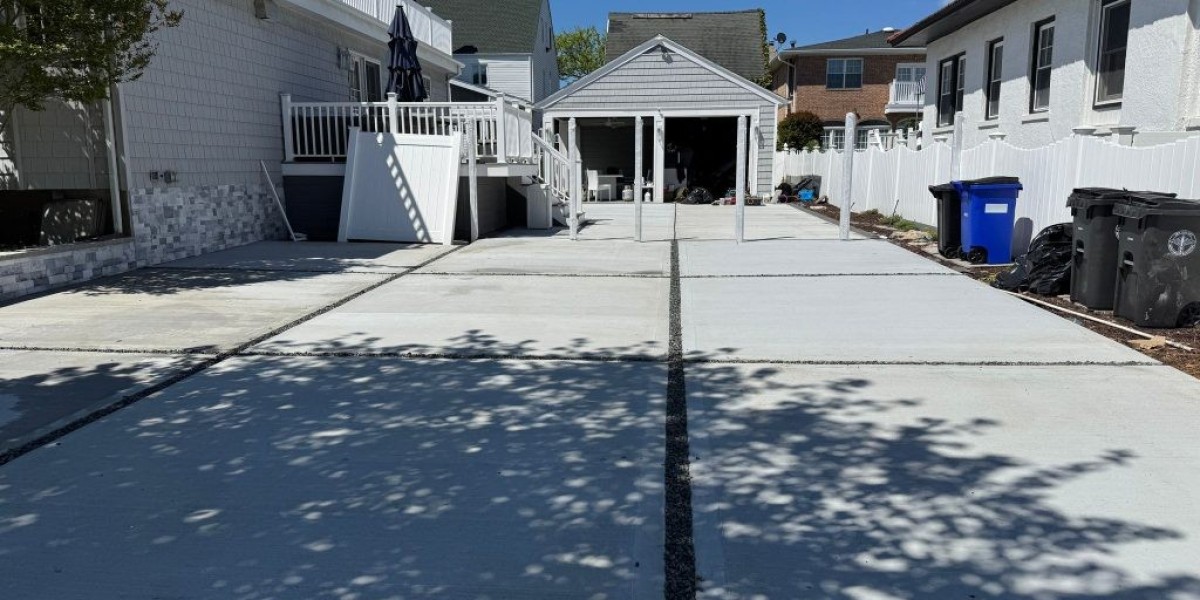As Pakistan moves towards sustainable energy solutions, solar power is becoming increasingly popular for homes and businesses. But to make the most of this investment, it's crucial to understand the essential components of a solar power system. Whether you're installing a small residential setup or a commercial-scale system, each part plays a key role in generating, storing, and distributing clean energy. Let’s break down the components of a solar power system in Pakistan for maximum performance and reliability.
☀️ 1. Solar Panels – The Heart of the System
Function: Convert sunlight into direct current (DC) electricity.
Types:
Monocrystalline Panels (high efficiency, ideal for Pakistan’s strong sun)
Polycrystalline Panels (cost-effective, slightly lower efficiency)
Popular Brands in Pakistan: LONGi, Jinko, Canadian Solar
Panel Life: 25+ years with proper maintenance
Tip: Choose Tier-1 panels for better durability and performance.
⚡ 2. Inverter – Converts DC to AC
Inverters transform the DC electricity from your panels into alternating current (AC) used by household appliances.
Types of Inverters:
Grid-Tied: Works with WAPDA grid; enables net metering
Hybrid: Connects with both the grid and battery backup
Off-Grid: Works independently, suitable for remote locations
Key Brands: Fronius, GoodWe, SMA, Solis
Tip: Hybrid inverters are best for areas with frequent load shedding.
? 3. Battery Storage – For Backup and Energy Independence
Function: Store excess energy for use during the night or outages.
Types:
Lead-Acid Batteries – Affordable but bulky
Lithium-Ion Batteries – Long life, efficient, compact
Ideal For: Homes with unreliable electricity or those wanting off-grid independence.
Sizing: Choose based on usage—commonly 5kWh to 15kWh for homes.
⚙️ 4. Charge Controller – Protects Batteries (Optional)
Used in off-grid and hybrid systems to regulate voltage and prevent overcharging batteries.
Preferred Model: MPPT (Maximum Power Point Tracking) – More efficient and adaptive to sunlight fluctuations.
? 5. Net-Metering Meter – Track Power Exchange
This bi-directional meter records:
Solar energy sent back to the grid
Power drawn from WAPDA during low solar hours
Requirement: Mandatory for applying to NEPRA/DISCO for net metering.
Benefit: Reduce or even eliminate your monthly electricity bills.
?️ 6. Mounting Structure – Secures Panels to Roof or Ground
Function: Holds your solar panels in place with the right angle for optimal sun exposure.
Key Features:
Rust-proof (usually aluminum or galvanized steel)
Tilt angle of ~30–35° for Pakistan
Designed for wind resistance
? 7. Solar Cables, Connectors, and Earthing Kit
These are essential for safety and efficiency:
Solar DC Cables: Weather-resistant and UV protected
MC4 Connectors: Secure, waterproof panel connections
Earthing Kit: Prevents damage from lightning and voltage surges
? 8. Monitoring System – Track System Performance
Modern solar inverters include apps or online dashboards to monitor:
Daily and monthly energy production
Real-time performance
Alerts and error diagnostics
Benefits: Helps you quickly identify and resolve issues, ensuring optimal output.
? 9. Balance of System (BOS) Components
These include:
Circuit breakers
Fuses
Surge protection devices
AC and DC isolators
Junction boxes
Purpose: Ensure safe operation and protect your home and equipment from electrical faults.
? Summary Table
| Component | Function | Importance in Pakistan |
|---|---|---|
| Solar Panels | Capture sunlight | High sun exposure = greater efficiency |
| Inverter | Converts DC to AC | Choose hybrid for load shedding |
| Battery Storage | Stores energy | Ideal for nighttime or grid outages |
| Charge Controller | Regulates battery charging | Essential for off-grid systems |
| Net Metering Meter | Tracks grid interaction | Required for billing offset |
| Mounting Structure | Secures panels with tilt | Must be rust-resistant |
| Solar Cables & Safety | Delivers and protects power | Critical for safe performance |
| Monitoring System | Displays performance data | Boosts energy efficiency |
| BOS Components | Includes protective electrical parts | Prevents system damage and hazards |
✅ Conclusion
Understanding the components of a solar power system is the first step toward building an efficient, long-lasting setup in Pakistan. From high-quality panels and reliable inverters to smart monitoring tools and protective systems, every part plays a role in maximizing your return on investment and ensuring peace of mind.
If you're planning to go solar or need help choosing the right system configuration, feel free to reach out for expert guidance tailored to your home or business.
